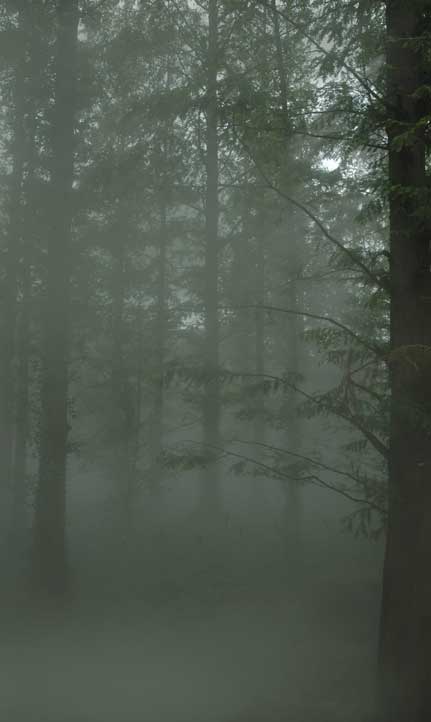The Lost World of the Arctic
| A Warm Arctic | Climate Change | Polar Light Regime | Paleo-Arctic Forests | Paleo-Arctic Fauna |
|---|
Paleo-Arctic Forests
For over 200 million years of Earth history forests, not ice, have characterized the high Arctic environment. The most detailed insight into the composition, structure and dynamics of these ancient polar forests comes from the abundance of plant fossils found in Alaska and Northeastern Russia. This catalogue provides an introduction to that natural archive of an extinct ecosystem. The flowering plants (angiosperms) first appear in the Arctic of Alaska and Northeastern Russia in the middle late Albian. They joined a predominantly deciduous conifer-dominated forest with subordinate ginkgophytes and cycadophytes. Ferns and sphenophytes formed a ground cover. This type of vegetation is characterised by the Kukpowruk Flora as described on the forest dynamics page. The earliest Arctic angiosperm communities occupied disturbed sites along river margins but quickly diversified in middle successional communities, forming the understorey community in the conifer-dominated forests where they remained into the Paleocene. Below is a schematic reconstruction of a Cenomanian forest. |
 |
||||||
 |
